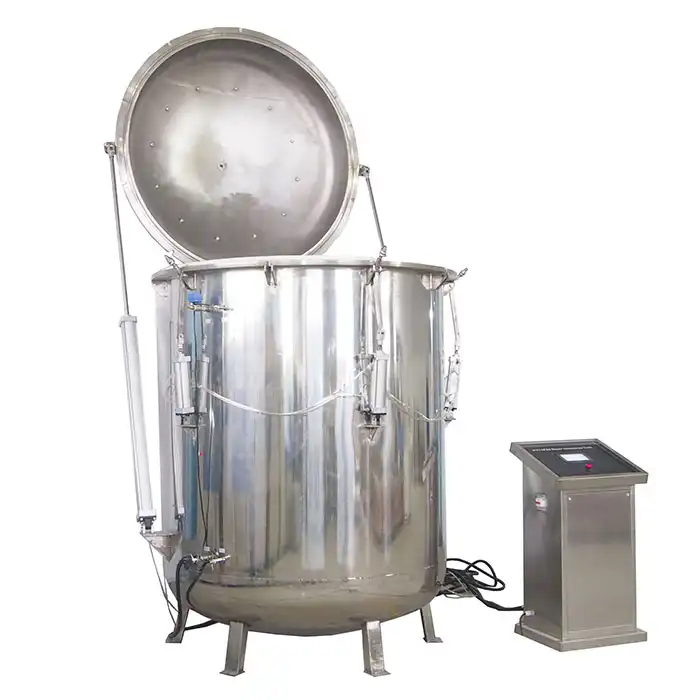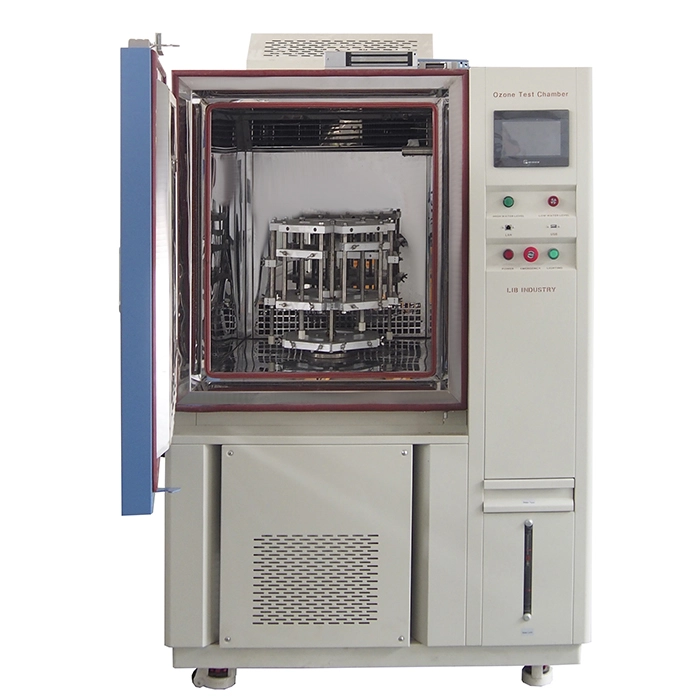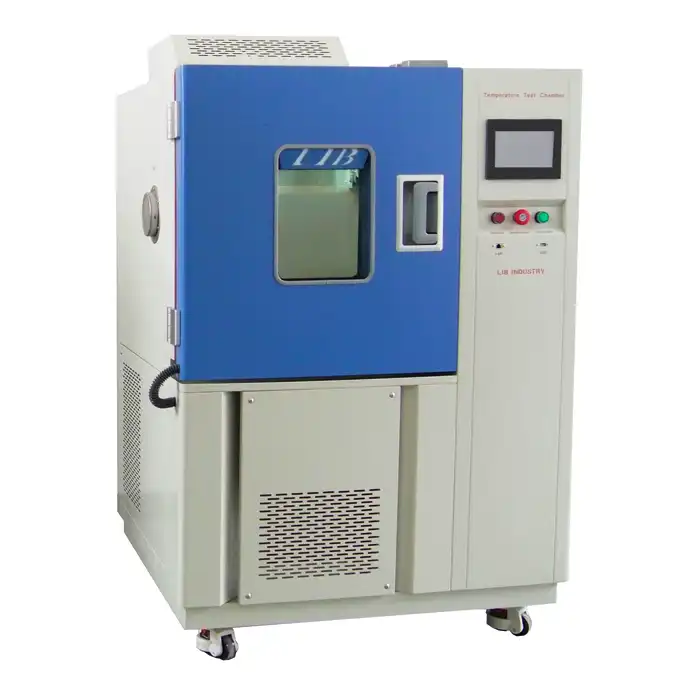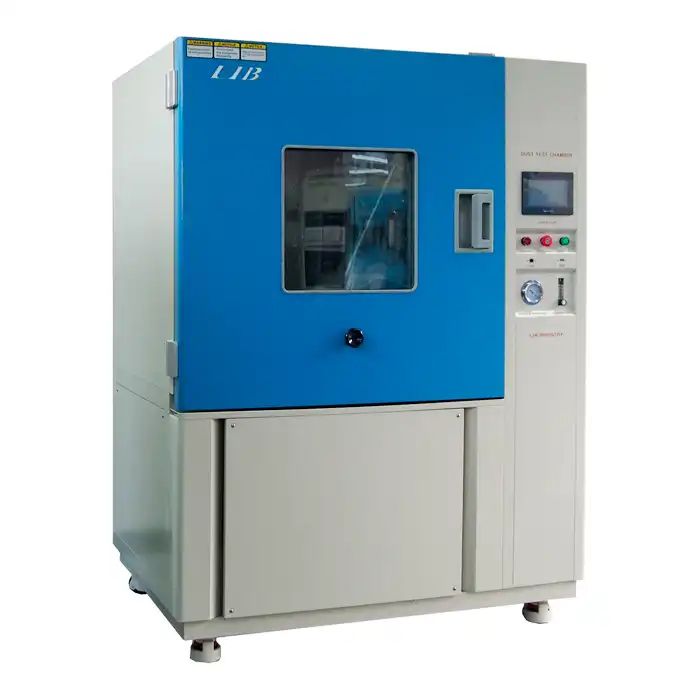How Do Salt Spray Test Machines Drive Innovations in Corrosion Protection?
Salt spray test machines, commonly referred to as salt spray test chambers, play a crucial role in the field of material science and corrosion protection. These devices are designed to simulate the effects of salt air on materials and coatings, providing essential data that helps in developing products that can withstand harsh environments. By accelerating the corrosion process, salt spray test chambers allow researchers and manufacturers to predict the lifespan and durability of their products in a controlled, repeatable environment. This blog explores how these machines are integral to innovation in corrosion protection through three key aspects.
What Is the Significance of Salt Spray Testing in Corrosion Resistance Research?
Salt spray testing is a standardized method used worldwide to assess the corrosion resistance of coated samples and bare substrates. This test is vital for several reasons in the research and development of corrosion-resistant materials. First, it provides a consistent environment for testing materials under severe corrosion conditions, making it possible to compare different materials and coatings under identical conditions. It also helps in optimizing the chemical composition and thickness of coatings, ensuring that products are robust enough to handle real-world environmental stresses.
The importance of salt spray testing lies in its ability to predict the long-term behavior of materials and coatings. Researchers rely on the data generated from these tests to improve existing materials, develop new ones, and adhere to international standards and regulations. By understanding how materials degrade over time in a salt spray environment, scientists and engineers can innovate solutions that enhance the durability and performance of everything from automotive components to marine hardware.
How Does Salt Spray Testing Influence the Development of Protective Coatings?
Protective coatings are essential for preventing corrosion in a wide range of industrial applications. Salt spray testing plays a pivotal role in the development and refinement of these coatings. By subjecting different coatings to a controlled corrosive environment, researchers can identify which compositions perform best and under what conditions.
This process involves testing various formulations of coatings to determine their effectiveness in preventing or slowing down the corrosion process. The results from salt spray tests are used to fine-tune the chemical properties of coatings, such as the addition of corrosion inhibitors, the adjustment of pH levels, and the modification of the coating thickness. Moreover, these tests help in validating the claims of coating longevity and efficacy, which are crucial for product certifications and market acceptance.
The influence of salt spray testing on protective coatings is not just limited to their development. It also extends to their application processes, where the method of application can affect the coating’s performance in salt spray tests. Innovations in application techniques, such as electroplating, powder coating, or spray application, are often validated through rigorous salt spray testing to ensure that they provide optimal protection against corrosion.
What Are the Emerging Trends in Salt Spray Testing for Industrial Applications?
The field of salt spray testing is evolving with advances in technology and industry demands. New trends are emerging that enhance the testing process and, by extension, the development of corrosion-resistant solutions. One significant trend is the integration of automation and digital technologies in salt spray chambers. These advancements lead to more precise control over test conditions, enhanced reproducibility of results, and the ability to conduct complex custom test cycles that more closely mimic natural environments.
Another trend is the development of modified salt spray tests that include additional environmental factors, such as UV exposure, humidity, and temperature cycling. These more holistic testing approaches provide a better approximation of real-world conditions, thereby yielding more reliable data on how materials and coatings will perform outside the laboratory.
Furthermore, there is a growing focus on sustainability within the industry, prompting researchers to develop eco-friendly materials and coatings that can withstand salt spray testing. This involves exploring biodegradable materials, water-based coatings, and non-toxic corrosion inhibitors that do not compromise on performance or durability.
Conclusion
Salt spray test machines are at the forefront of driving innovations in corrosion protection by providing a reliable, efficient, and scalable method for assessing the performance of materials and coatings in corrosive environments. As industries continue to seek more durable and sustainable solutions, these machines will remain an indispensable tool in the development of advanced materials that can endure the rigors of their intended applications.
References
1. ASTM B117-19 Standard Practice for Operating Salt Spray (Fog) Apparatus.
2. ISO 9227:2017 Corrosion tests in artificial atmospheres — Salt spray tests.
3. The Role of Salt Spray Testing in Marine Coating Evaluations.
4. Advances in Corrosion Protection by Protective Coatings.
5. Impact of Salt Spray Testing on Automotive Coating Development.
6. Challenges and Innovations in Protective Coating Applications.
7. Enhancing Corrosion Resistance in Industrial Metals through Advanced Coating Technologies.
8. Application of Digital Technologies in Corrosion Testing.
9. Development of Eco-friendly Corrosion Inhibitors for Salt Spray Tests.
10. Future Directions in Corrosion Testing and Materials Research.






.webp)




